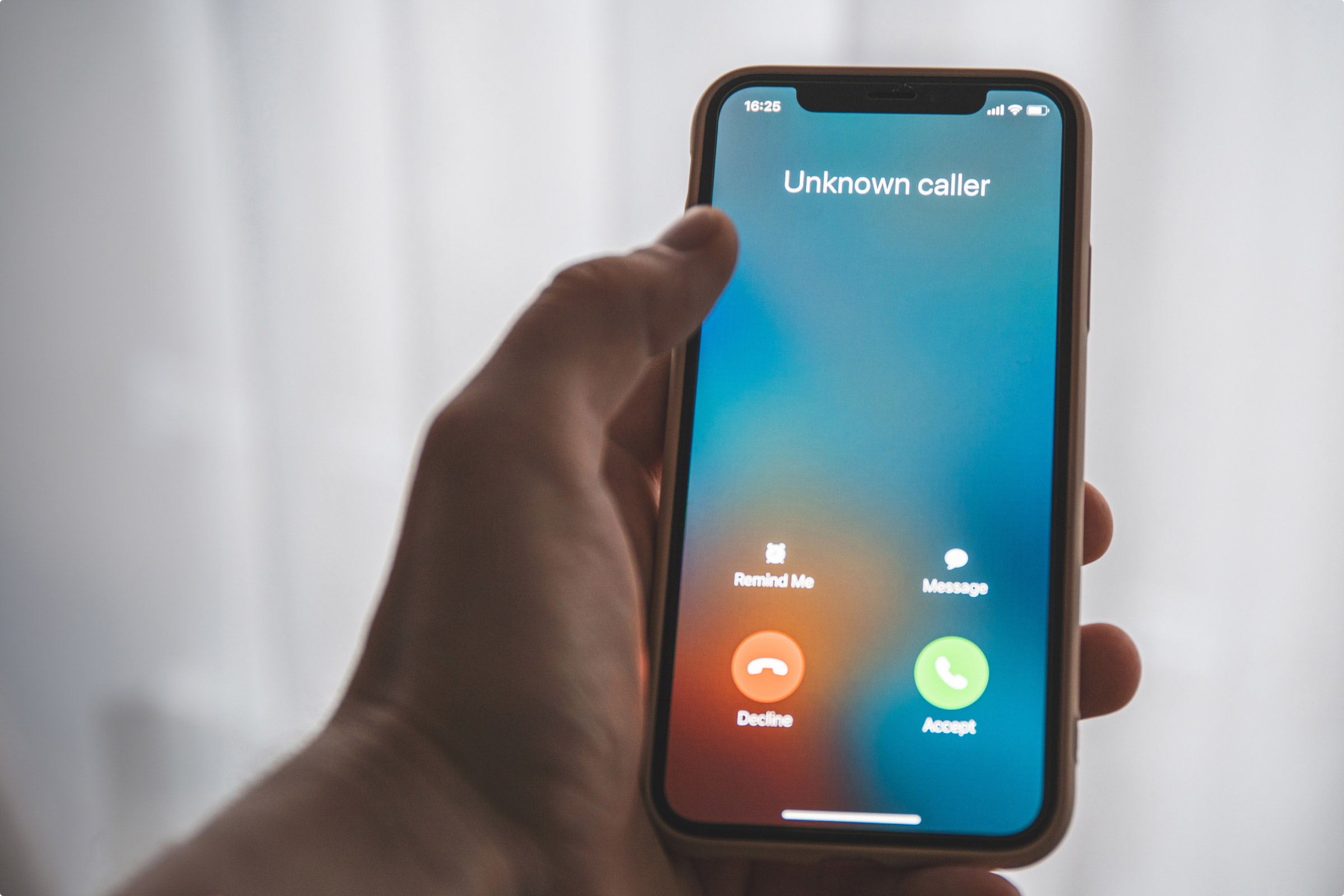ANZ regularly contacts customers via genuine calls and messages. However, cybercriminals can also contact you, claiming to be from ANZ.
They often use a technique called 'ID spoofing', where their caller ID shows a different number to the one they’re actually using.
This means they can mimic the name or number of major organisations, like ANZ.
We’re working with major telecommunications companies to activate anti-spoofing technologies to prevent criminals from abusing the "ANZ" brand in messages.
In a genuine ANZ call, SMS message or email, we'll never ask you to:
- share sensitive online banking details (like passwords, PINs, ANZ Shield codes, token codes, or one-time passcodes for payment)
- click a link to log in to your account
- grant remote access to your computer, phone, tablet (or any other mobile device)
- transfer money to another account to keep it safe
If unsure about a call, hang up immediately. If unsure about a message, don't click on links or attachments.





